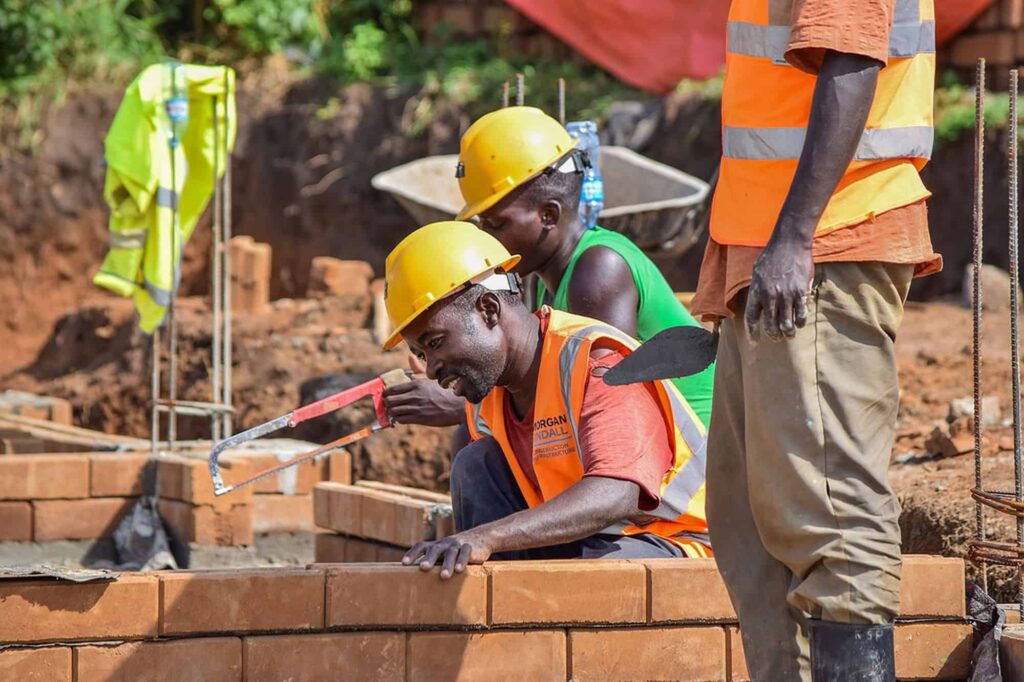Uganda’s Construction Industry

Uganda’s construction industry has been a significant contributor to the country’s economic growth and development. It encompasses various sectors such as residential, commercial, industrial, infrastructure, and public works projects. Here are some key points about the industry:
- Infrastructure Development: The Ugandan government has been focusing on infrastructure development to support economic growth and improve living standards. This includes the construction of roads, bridges, airports, railways, and energy infrastructure.
- Housing and Real Estate: The demand for housing, especially in urban areas, has been on the rise due to population growth and urbanization. Real estate development, including both affordable and high-end housing, has been a prominent aspect of the construction sector.
- Public Projects: The government has been investing in various public projects, such as schools, hospitals, and government buildings. These projects are aimed at improving social services and administrative efficiency.
- Foreign Investment: Uganda has attracted foreign investment in its construction industry, leading to joint ventures and partnerships between local and international construction companies. This has brought in expertise, technology, and funding for large-scale projects.
- Challenges: Despite its growth, the construction industry in Uganda has faced challenges such as inadequate infrastructure planning, insufficient skilled labor, regulatory hurdles, corruption, and issues related to land ownership and access.
- Regulations and Standards: The government has been working to improve regulations and standards in the construction sector to ensure safety, quality, and adherence to environmental norms.
- Sustainability: There has been a growing emphasis on sustainable construction practices, including energy-efficient buildings, waste reduction, and green infrastructure.
- Technology Adoption: While there has been some adoption of modern construction technologies, the industry is still largely reliant on traditional methods. However, the potential for technological advancement, including Building Information Modeling (BIM) and construction management software, is being recognized.
- Local Capacity Building: Efforts have been made to enhance local capacity in construction skills and education. Vocational training centers and technical institutions aim to produce skilled labor for the industry.
It’s important to note that economic and industry conditions can change rapidly, and there might have been new developments in Uganda’s construction industry since my last update. To get the most current and detailed information, I recommend consulting recent reports, news articles, government publications, and industry associations related to Uganda’s construction sector.
